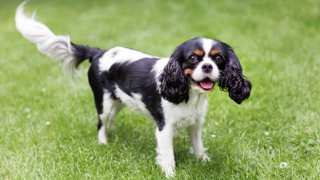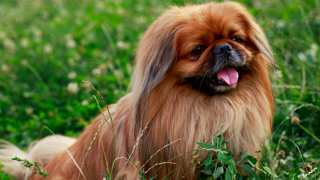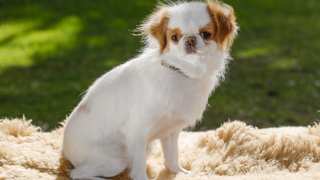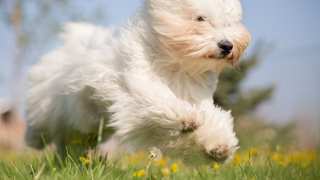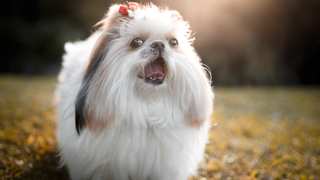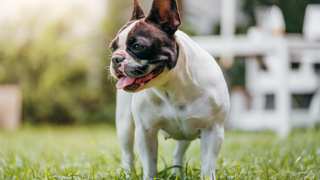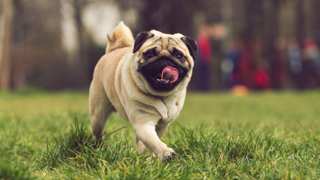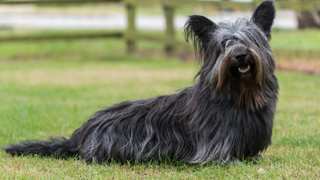The King Charles Spaniel diet, as with every dog, needs to include food that has plenty of animal proteins and carbohydrates for energy, vitamins and minerals for digestive and immune health, and omega fatty acids for coat and skin wellness. This means that the best food for King Charles Spaniels is premium dry food, specifically the kind made for small breeds, because it contains balanced amounts of the above-listed ingredients that a Charlie will need on a daily basis. Cheap, generic foods are not recommended for this breed, because they're made up mostly of empty "filler" ingredients that won't keep the dog healthy for the long term. High-quality kibble like Natural Balance Ultra Premium Small Breed and Now Fresh Small Breed Adult Recipe is best.
And how much of this premium food will your Charlie eat? As you can imagine, these little dogs won't need much. The typical adult KCS, depending on its age, size, and activity level, will require about ¾ cup of dry food per day, divided into two meals. A Charlie puppy, again depending on its age, will need about ½ cup per day, divided into three meals (not two) until six months of age. For further info on feeding a Charlie from puppyhood through maturity, here's a King Charles Spaniel feeding guide:
King Charles Spaniel Feeding ChartDog AgeDog WeightFood TypeAmountFrequency2 Months2 lbsDry (Puppy formula)0.1 cups3x/day3 Months4 lbsDry0.15 cups3x/day6 Months7 lbsDry0.2 cups3x/day9 Months9 lbsDry* (Puppy/Adult)0.3 cups2x/day12 Months+11 lbsDry (Adult formula)0.4 cups2x/day*--Around this time, transition to adult food by first mixing in a bit of adult formula with the puppy formula. Over the course of a week, with each meal add a bit more adult food to the mixture, until the dog is eating it entirely.
It's best to stick to the above-listed portions if possible. King Charles Spaniels have a fairly high tendency for obesity, and constantly overfeeding your Charlie will easily make the dog fat, leading to joint, digestive and breathing problems. You can help control your Charlie's weight by establishing regular feeding and exercise schedules, by not feeding the dog table scraps, and by not leading food in the dog's bowl all the time, thereby allowing it to eat anytime it wants. It's better to put your Charlie's bowl down only at mealtimes, then pick it up a few minutes after the dog begins eating.
If you're worried your Charlie is overweight, give the dog this simple test: run a hand along its side, and if you can't feel any ribs, it's diet time. Reduce your Charlie's daily food consumption by one-fourth, and add an extra walk or play period to its daily exercise schedule.

